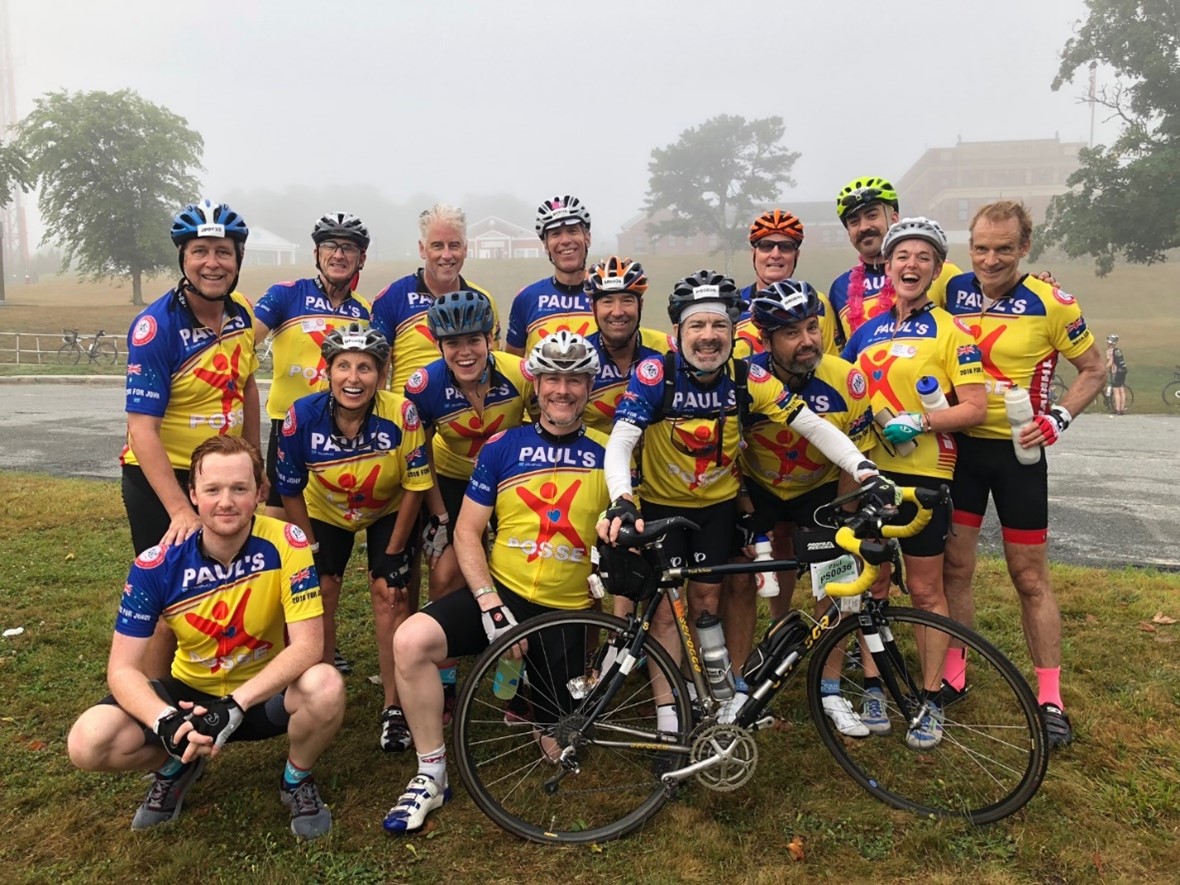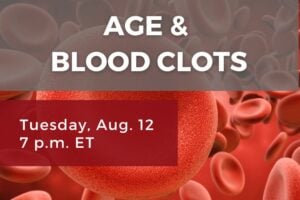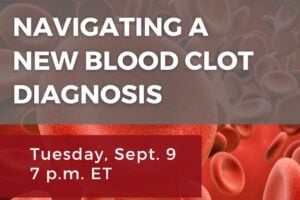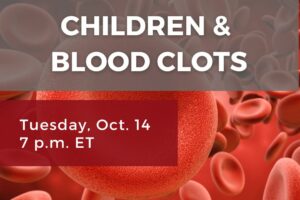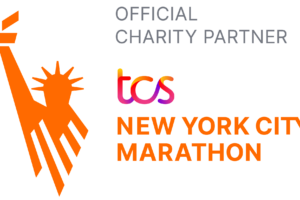Paul Schaye was in the best shape of his life, physically and mentally, in 2006. He was an avid cyclist who completed Paris-Brest-Paris, a 750-mile bike ride, in under 90 hours; many triathlons; two Half Ironman competitions; and two New York City marathons.
Everything changed later that year, when Paul (pictured at left, holding his bike) was diagnosed with cancer. Despite many surgeries and procedures over the years that would follow, many by top-notch medical professionals at well-known hospitals in New York City, he wasn’t warned of one of the biggest threats to cancer patients: blood clots.
The risk of blood clots is high with surgery, and more so with cancer, when accounting for medications and their potential side effects. In fact, a cancer patient’s risk of developing a venous blood clot is three to seven times greater than a person without cancer.
“I have come to realize, much to my surprise, that blood clots are the number-one cause of death for cancer patients, after cancer itself,” Paul said. “To know this now and to not have been educated on the risk factors or the signs and symptoms seems like a real deficit in the standard of care and communication for all patients.”
Paul’s first hint that something was wrong with his health came in October 2006, a few weeks before he was to run another New York City Marathon. He was loading the trunk of a cab and strained his back. After a few days of relentless back pain, he called a doctor/friend, who scheduled him for an MRI.
The next day, he received a call saying his back was fine, but that the scan turned up something of concern on his liver. This led to an appointment, which led to another scan, which led to a biopsy, which led to a diagnosis of stage IV metastatic stomach cancer.
Fortunately, he was placed on a tumor-starving drug, which shrunk the tumors and opened a pathway in 2007 for an eight-hour surgery to remove his spleen, gallbladder, part of his stomach, and half of his liver.
He remained “no evidence of disease” (NED) until 2009, when a scan surfaced some desmoid tumors, noncancerous growths that occur in the connective tissue. This type of tumor can grow aggressively. Surgery was recommended and was characterized as a simple “chip shot.”
It turned out to be anything but. It took more than 10 hours, which remains one of the most memorable and intense surgeries in his surgeon’s storied career. Recovery was long and hard with complications continuing today. But Paul is alive and thriving.
Since then, Paul has had six back surgeries and a hip replacement, all complicated by the extensive scar tissue from his cancer surgeries. Once again, the risk of blood clots, while arguably high, fell to the end of the risk disclosure statement, if they were referenced at all.
To see a future with more cancer survivors like Paul and fewer cancer-related deaths, greater education and awareness about blood clot risks for cancer patients is critically needed.
Thankfully, because of the National Blood Clot Alliance, its resources and community, Paul learned about his risk for blood clots on his own. He took action and armed himself with information on how to protect himself from blood clots, spoke to his medical team, and included blood clot prevention in his treatment plan.
“Recognizing my risk factors and memorizing the ‘STOP CLOT’ acronym has helped me to pay more attention,“ Paul said.
During National Cancer Survivor Month, join Paul and be proactive by taking a moment to learn more about cancer and blood clots:
Cancer-Related Risk Factors Checklist
Blood Clots and Cancer: What You Need to Know
Blood Clots and Cancer (video)

